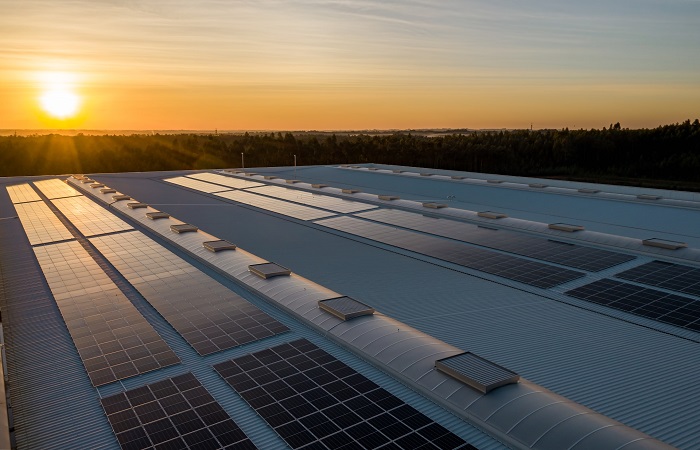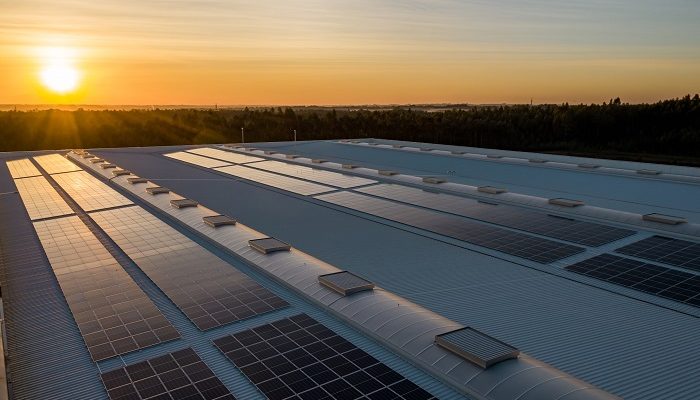
A stackable energy storage system is a system that utilizes multiple energy storage units that can be connected or “stacked” together to increase the overall storage capacity. These storage units can be batteries, such as lead-acid, lithium-ion, or flow batteries, or other types of energy storage devices. This type of system is often used in renewable energy applications, such as solar or wind power, to store excess energy generated during periods of high production for use during periods of low production. Stackable energy storage systems can also be used in microgrids and other decentralized power systems to provide backup power during outages.
Types of Energy Storage Units
There are various types of energy storage units that can be used in a stackable energy storage system. These include:
Lead-acid batteries: These are the most common type of battery used in energy storage systems. They are relatively inexpensive and have a long service life, but they are also heavy and have a relatively low energy density compared to other types of batteries.
Lithium-ion batteries: These batteries have a higher energy density than lead-acid batteries, which means they can store more energy in a smaller space. They are also lighter than lead-acid batteries, which makes them easier to transport and install. However, they are more expensive than lead-acid batteries and have a shorter service life.
Flow batteries: These batteries use liquid electrolytes to store energy, which allows them to have a very high energy density. They also have a long service life and are relatively inexpensive, but they are also large and heavy, which makes them difficult to transport and install.
Other types of energy storage units: There are also other types of energy storage units that can be used in a stackable energy storage system, such as compressed air energy storage (CAES) and pumped hydroelectric energy storage (PHES). These systems use mechanical means to store energy and are generally more expensive and less efficient than battery-based systems.
Advantages of Stackable Energy Storage Systems
Scalability: The main advantage of a stackable energy storage system is that it allows for the storage capacity to be increased as needed. This is particularly useful in renewable energy systems, such as solar or wind power, where the amount of energy produced can vary greatly depending on weather conditions. By connecting multiple energy storage units together, the system can store excess energy generated during periods of high production for use during periods of low production.
Flexibility: Stackable energy storage systems are also flexible in terms of the types of energy storage units that can be used. This means that if one type of energy storage unit is no longer suitable for the system, it can be replaced with another type without having to replace the entire system.
Cost-effective: A stackable energy storage system allows for a more cost-effective way of increasing storage capacity, as opposed to buying a single large energy storage unit. This is especially true when using lead-acid batteries, which are relatively inexpensive.
Durable: Stackable energy storage systems are also durable, as they can be designed to withstand harsh weather conditions and other environmental factors. This is important in areas where there is a high risk of power outages and other emergencies.
Disadvantages of Stackable Energy Storage Systems
Complexity: Stackable energy storage systems can be complex to design and install, as they require multiple energy storage units to be connected together and integrated with the power system.
Maintenance: Stackable energy storage systems also require regular maintenance, such as replacing batteries, checking connections, and monitoring performance. This can be time-consuming and costly.
Space: Stackable energy storage systems can take
In conclusion, stackable energy storage systems are a cost-effective and scalable solution for increasing energy storage capacity. They can be used in a variety of applications, including renewable energy systems, microgrids, and backup power systems. These systems are flexible in terms of the types of energy storage units that can be used and can be designed to withstand harsh weather conditions and other environmental factors. However, they can also be complex to design and install, and require regular maintenance. Despite these limitations, stackable energy storage systems are a valuable option for increasing energy storage capacity and improving energy security.

